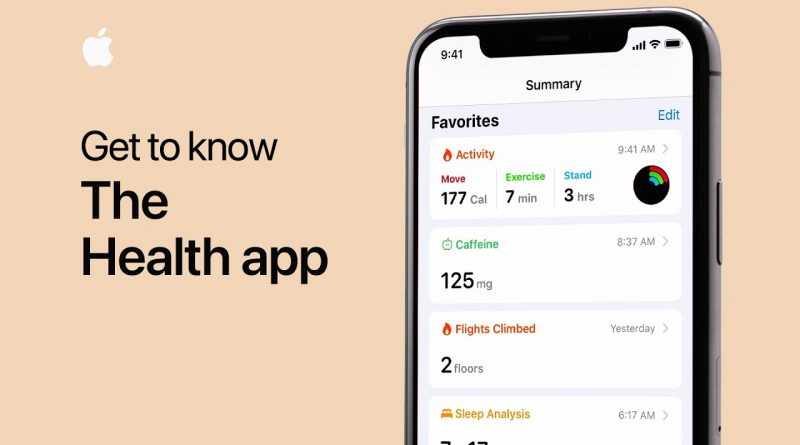How to Use Apple Health
How to Access Apple Health
Apple Health is a great way to keep track of your health and fitness data. Here are some tips on how to use it:
1. First, you’ll need to create an account with Apple Health. You can do this by going to https://www.apple.com/ipad/health/. Once you have an account, you’ll need to register your device with Apple Health. This can be done by going to Settings > General > About and entering yourdevice’s serial number.
2. After you have registered your device, you’ll need to create a profile for it. To do this, go to the App Store and search for “Apple Health” (or use the links in this article). Once you’ve opened the app, click on the “Create Profile” button at the top left of the screen. On the next screen, enter a name for your profile (such as “John’s Profile”), select your gender, and select which devices you want to include in your profile (for example, all of your devices that are signed in using iCloud or just one device). You can also add medications and symptoms to your profile if you wish. When you’re finished creating your profile, press the
How to Use Apple Health
Apple Health is a new health and fitness tracking platform that comes with the latest version of the iOS operating system. The platform lets you keep track of your physical activity, diet, sleep, and more. Here are five steps to using Apple Health:
1. Open the Settings app on your device and navigate to General -> Health.
2. Tap on the App Store icon in the top left corner and select Apple Health from the list of options.
3. If you don’t have any existing health or fitness data, you’ll be prompted to create a new account or sign in to an existing account.
4. Once you’ve signed in, you’ll see all of your current health and fitness data displayed in a timeline format.
5. To add a new activity, tap on the Add Activity button at the top of the screen and fill out the details required for that activity (e.g., duration, type of activity, etc.).
Getting Started with Apple Health
If you’re a iPhone or iPad owner and have an Apple Watch, you’re already using Apple Health. If not, it’s time to get started. Here’s everything you need to know about Apple Health.
Using the App Store for Health Screening
Apple Health is a great way to access your health data, and it can be used for a number of purposes. Here are four ways to use Apple Health for health screening:
1. Accessing Medical History
One of the best things about Apple Health is that it includes your medical history. This means that you can easily access information about your health conditions, medications, and more. You can also use this information to find out whether there are any potential health risks that you may not have been aware of.
2. Tracking Fitness and Activity
Another great feature of Apple Health is its tracking of fitness and activity. This information can help you monitor your progress and stay on track with your goals. You can also use this data to see which activities are helping you achieve your goals and which ones may need a bit more work.
3. Keeping Track of Healthcare Visits
You also have the ability to keep track of all of your healthcare visits in Apple Health. This means that you can easily access information about every visit, including the date, time, and details about what happened during the visit. This information can be very helpful if you need to file a claim or dispute
Managing Your Health Data with Apple Health
If you’re like most people, you have a bunch of health data that you keep track of manually. Maybe you keep a spreadsheet of your weight, medications, and daily activities. Or maybe you use a more comprehensive program like Fitbit or Health Mate. Either way, managing all that data can be a hassle. With Apple Health, it’s easy to keep your health data in one place and access it from any device. Here’s how to use Apple Health to manage your health data:
1. Open the Apple Health app on your iPhone or iPad. If you don’t have an app installed yet, you can download it from the App Store.
2. Tap the “My Health” button in the top left corner of the app. This will open up your health overview page.
3. On this page, you’ll see all of your health data organized by category (e.g., fitness, diet, medications). You can also see a list of all of your current medications and how much is left until their expiration date. You can also see a list of all of your workouts and how many calories they’ve burned so far.
4. To add or edit information in any of these categories
Conclusion
If you’re like most people, the last thing you want to do is fumble around with your phone trying to find a health app. Luckily, there are a few simple steps you can take to make using Apple Health even easier. In this article, we’ll outline each of these steps and explain exactly how they can help make your life easier. So if you’re looking for an easy way to keep track of your health data, including blood pressure levels, weight, and more, then read on!




